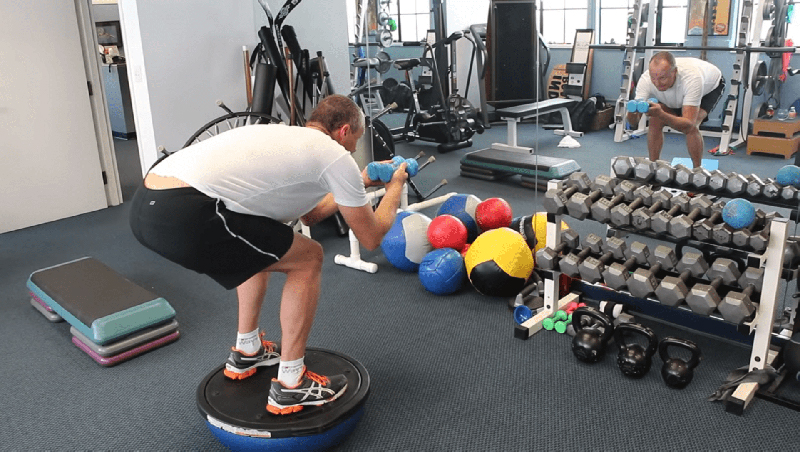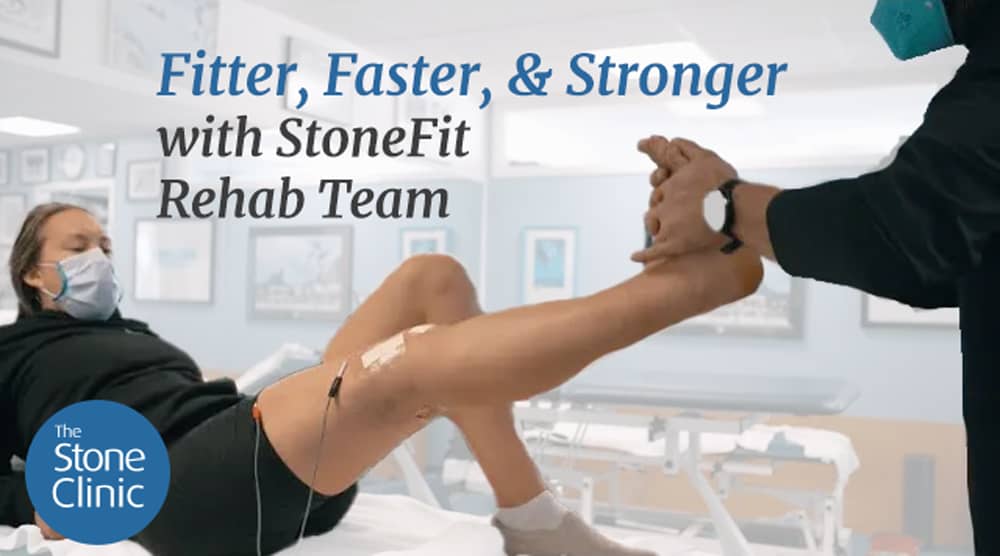Injuries as Opportunities
Injuries happen to all athletes. The best ones use the injury to return to sports fitter, faster, and stronger than they were before they got hurt. Our job is to help them do that. Here is how we counsel our wounded athletic warriors.

Let’s find the cause. Most injuries start with a mental error: not having your head in the game or a distraction that leads to making a poor decision. Let’s think that through together and find both the external and inside-the-head distractions. By teaching training techniques that help the athlete develop an intimate understanding of their own fitness and performance, we can make a huge difference. There’s no better time to do this than the injury recovery window. Think yoga, breath training, mindfulness, and other tools.
Complete diagnosis and treatment: Small injuries often reveal bigger, underlying chronic problems, while massive injuries often lead solely to the treatment of major structures, ignoring the small but significant problems. There are examiners and super examiners in orthopedics, as well as MRIs and super high-quality MRIs—combining the best of these is the beginning of treatment. We then utilize the latest treatment techniques to restore normal anatomy. This is the only path to returning to your sport(s) better than you were before your injury. Don’t let insurance guidelines limit you or your treatment options. While you may not always be able to afford the best care, you can at least find out what it is.
Building the rehab team: The best professional athletes surround themselves with top-level trainers, physical therapists, nutritionists, and coaches. You can, too. If you have the money to spend, hire them. If you don’t have the funds, access them online, in combination with your physician’s guidance. The key is to take one to two hours a day (at minimum) rebuilding your fitness platform and focusing on total body health and fitness. How cleverly you select the training program will determine your outcome. If your knee has been operated on, strategies like using a well leg bike to cross-train, a pool to walk and run laps, a Yoga class to improve your flexibility, and a Pilates reformer (to train everything) can often be started the day after surgery (water therapies depend on your wound coverage and surgeon guidance). You deserve the same level of expertise as any pro athlete…and you can have it if you can make the time. So, let’s talk about time.
Time is always available. Yes, we all work long hours and find it hard to fit in more appointments or activities. But in the days immediately following surgery or injury there is often some time to get your new program in place. Then—if you have a couple of hours—go to the PT and fitness coach. Nothing replaces hands-on treatment and guidance. Use both a physical therapist and a fitness trainer. If you can’t, work with your team to design chair exercises, use standing desks, take the stairs and not the elevator, put small hand weights at your desk, do calf raises while standing… the list goes on. Divide your lunchtime into 75% exercise and 25% eating. Put an exercise ball in your garage or home hallway. Do 10 minutes of abdominal crunches the moment you arrive home. Spin on a stationary bike. Find 10 ways to exercise for 5 to 10 minutes and do it throughout the day. Just keep it creative and keep moving.
Nutrition: Switch to water. Yes, we know there is a debate about how much water a body needs physiologically. But that debate misses the point. Wash your insides with water as frequently as you wash your hands. Use water as your go-to beverage. Always drink a glass of water before and after any alcoholic beverage. Water is calorie-free and psychologically cleansing. Follow Michael Pollan’s advice: Eat locally, mostly plants, and not too much. Set weight and fitness goals and use the wide range of nutrition counselors online or in-person to monitor your success.
Become a patient for life. When I connect well with a patient they return regularly for updated evaluations, modern treatments, and fitness advice. This serves several purposes. First, I want to know if my procedure or implant worked—not just for this year, but for every year thereafter. If they don’t return or return my follow-up questionnaire, how do I know what works and what doesn’t and how to improve it? Secondly, we are in a remarkable age of using growth factors and activating stem cells to improve the biology of the injured tissues. Each year we are getting so much better that, eventually, we will have injection therapies that prevent the development of arthritis after many injuries. Only if the patients return can I instruct them on what is new and appropriate for their bodies. Third, we design tests (see StoneFit) to see how a patient’s fitness program is going. No one should ever be able to pass this test; it is designed to reveal both what and doesn’t work, in every person. We all have areas of weakness.
Most of what I do as an orthopaedic surgeon is coach people. The great satisfaction is in helping them exceed their expectations.
And guess what? You don’t even have to get injured to put this program in place.
Book an Appointment with the StoneFit Rehab Team Here
In-person and virtual physical therapy sessions available

